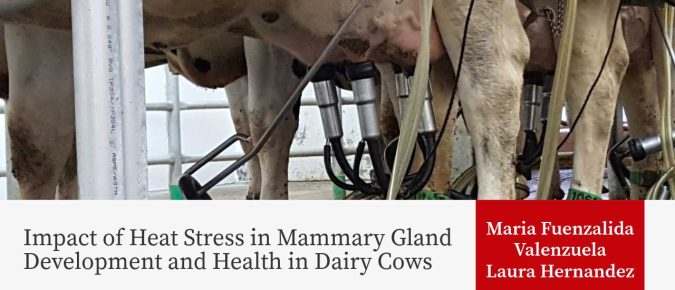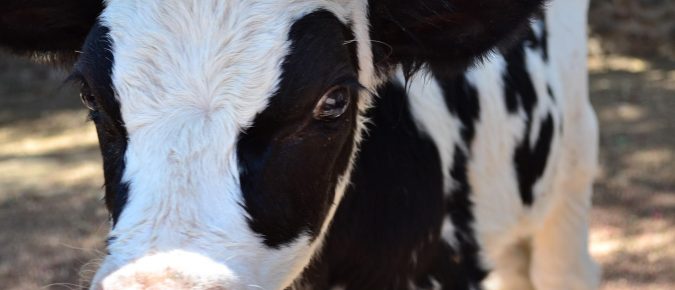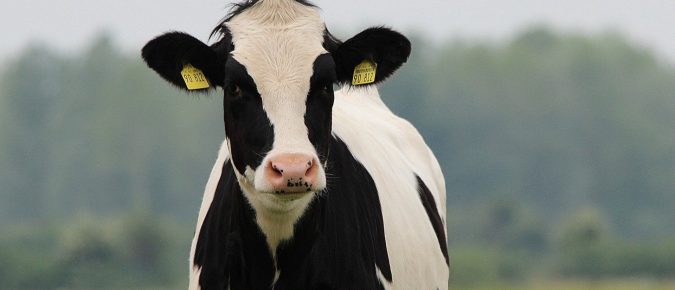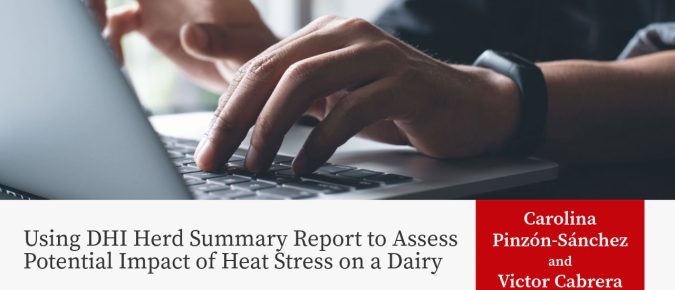Heat stress occurs when an environment impacts the ability of a cow to get rid of body heat. Cows need to be raised in an environment where temperatures are within their thermoneutral zones to achieve their maximal genetic potential. Failures to establish adequate environmental temperatures can dramatically alter behavior, health, and productivity of cows.
When we talk about thermal stress in pre-weaned calves, often we discuss cold stress. However, calves can become environmentally stressed when temperatures are too cold or too hot. During extreme cold or hot temperatures, calves utilize extra energy to maintain their core body temperature. The temperature range at which a calf uses no additional energy […]
Managing heat stress in dry cows is just as important as it is for lactating cows because it determines the amount of productivity and success a cow will have during her lactation. It can also influence the future success of the daughters and granddaughters of the dry cow.
To minimize heat stress, there are three key things farmers can do to help cows on pasture stay healthy, productive, and comfortable during hot spells.
Farmers enrolled in DHI receive several reports regarding herd performance. The Herd Summary Report (HSR) encompasses three main sections: Milk Production, Reproduction & Genetics, and Inventory. The milk production section has eight blocks—the focus related to heat stress will be on Blocks D, F, and G. The Reproduction & Genetics section has five blocks—the focus for heat stress will be on Block L.









